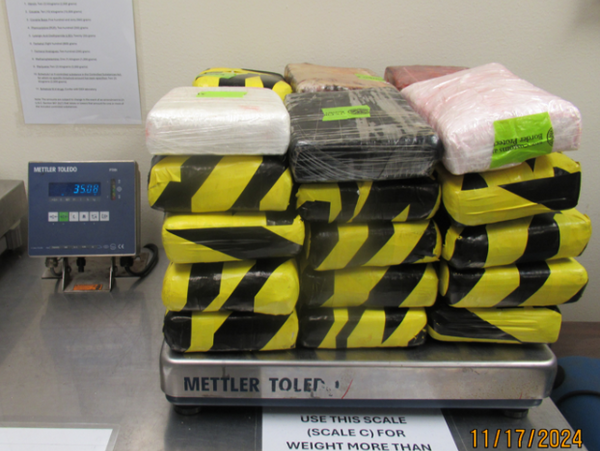Craig Woods was once a fitter-and-turner, but eight years ago he gave it away for a life of hard yakka under the open sky, setting up a chemical-free raspberry farm where he and wife Melissa grow most of their own food and run on solar power and tank water.
He also brought home a brood of emu chicks.
After a lifelong fascination with Australia's native ratite, Mr Woods wanted to raise the emus as outdoor pets.
He had no idea that they would grow to become an integral part of the farm's ecology and beloved family members.
"Einstein [the emu] thinks I'm his dad, because I hand-raised him," Mr Woods says.
"Every morning, when I feed him, he's got to get a cuddle. He puts his head right over my shoulder and cuddles into me."
The Woodses encourage a rich, biodiverse food web on their acreage, using compost from their pig Boris and their chickens to fertilise their berries, mowing their lawns with guinea pigs, and relying upon native wrens to pick off grubs on their raspberries.
They didn't expect their pet emus to become part of this food chain, but Mr Woods says a welcome surprise came when the area was hit by a plague of locusts.
"Those emus are basically like a giant chicken."
"They walk across the paddock eating about their body weight a day in grasshoppers and crickets."
Mr Woods says, a few years ago, a locust plague came through so he grouped the emus into one paddock.
"They just cleaned them up," he says.
Mr Woods also believes his emus control other insect populations that would otherwise bother his cattle and eat their grass.
"We have more grass for the cows and the cows look like they've had a cut and polish," he says.
Emus, a farmer's friend or foe?
Craig Woods's affection for emus flies in the face of historical relationships between Australian farmers and this large, speedy native bird.
The most vivid example of this animosity is the emu-proof fence that protects West Australian wheat farmers from the trampling feet of huge mobs of migrating emus in search of food and water.
Then there is the great Emu War of 1932 — a conflict waged by returned WWI soldiers armed with machine guns against some 20,000 emus that had assembled near Campion.
As the story goes, these soldiers were already battling Western Australia's harsh conditions along with falling wheat prices, and the influx of thousands of emus trampling their wheat was one foe too many.
The emu war made some impact, but subsequent emu-culling bounties in 1934 proved to be more efficient.
In comparison with the huge numbers of wild emus that can destroy crops, the handful of domesticated emus on Mr Woods' farm behave like a guardian species that he says can be imprinted on a mob of cattle, sheep or chickens.
Once imprinted, Mr Woods says they will intuitively protect with prehistoric ferocity.
"The toenail on the foot is like a can-opener; it can really cause damage if it wants," he says.
"I've seen the emus actually chase a fox through the paddock and kill it before it got to the fence.
"They stomp it; they're very efficient with that foot.
"We didn't realise at first but once you've raised the emu chick with the livestock, they'll become part of that mob.
"Some people have got them to look after the sheep."







